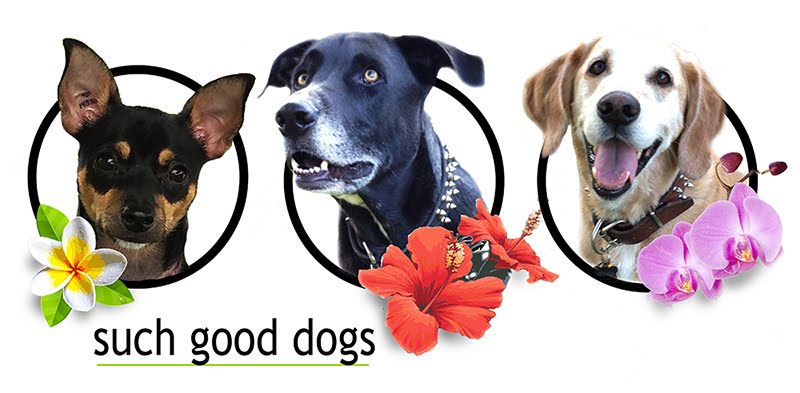As our weather gets warmer, our favorite friends start loosing more and more of their furry coats. This month's Trainer Tip is a reminder to BRUSH YOUR PUPS.
Now this may sound like a silly reminder, but its not always something we think of. Or we think, "wow look at all this fur, I should really brush my dog," then forget about doing so 20 minutes later.
The best way I have found to remind myself, is to work in brushing the dogs with my weekly cleaning schedule. When I am in the process of cleaning the massive amount of pet fur that have collected, I am reminded 10-fold that I should brush the dogs. This is the perfect reminder for us to pay attention to. So somewhere in the midst of my cleaning and laundry shores, I take the time to take the pups out for a good brushing. I also usually bring their ball and we will brush for a bit, then play fetch until they are starting to pant fairly hard, then a little more brushing before we come in.
I also try to get at least two separate times throughout the day where I take them out to brush. This helps get as much fur off as possible, and helps me feel like I have kept as much of it as possible outside my house.
There are several different types of brushes available. It is important to pick one that will work best for your dog. Both my dogs benefit most from what is called a "shedding blade." Another personal favorite of mine is called the "FURminator." This thing works magical wonders (as you can see below). Again, it's going to depend on your dog's breed and type of hair. It's always good to ask a professional groomer for help and tips on grooming your particular dog's type of fur.
Shedding Blade
FURminator & an example of it's magical powers.
Some other common brushes.
Below are some pictures I took when brushing the other day. As you can see, Nekita sheds a LOT! We actually say she doesn't shed, she's our fur machine!
Another Helpful Hint:
Many dogs will get tufts of fur you can actually just pull out.
If you look closely in the above picture, you can see some of the tufts I have pulled
(the thick clumps of fur).
This is VERY helpful. It's faster than brushing it out.
But be careful, don't pull to the point where your are hurting your dog.
This should be fairly gently and non-invasive for your dog.
As you can see, Nekita was totally relaxed and closed her eyes as I did this.
Look at all that fur floating in the grass.
Nekita loves to be brushed.
Can you see all that fur? Most of it already blew away.














